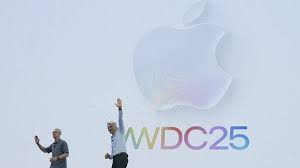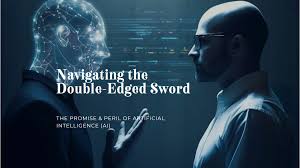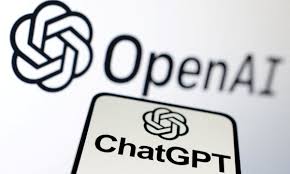Technology
Featured
The Global AI Accord: Nations Scramble to Regulate Artificial Intelligence Amidst Innovation Boom
Editor
Jun 20, 2025
min read
16 views

A new era of technological governance has dawned in 2025, with the regulation of artificial intelligence taking center stage on the global political agenda. As AI systems become more powerful and deeply integrated into the fabric of society, a worldwide scramble to establish rules of the road has intensified, creating a complex and often conflicting patchwork of laws. This push for regulation, led by landmark legislation like the European Union's AI Act, is forcing a critical conversation about balancing unprecedented innovation with fundamental rights, safety, and ethical considerations. The coming months are set to be a crucible for tech companies, governments, and society at large, as the first major AI laws begin to take full effect.
The European Union has firmly positioned itself as the world's leading AI rule-maker. The EU AI Act, whose initial provisions became active in early 2025, represents the most comprehensive attempt to date to regulate AI. Its risk-based approach categorizes AI systems, imposing the strictest controls on those deemed 'high-risk'—such as those used in critical infrastructure, medical devices, law enforcement, and employment decisions. Systems posing an 'unacceptable risk,' like social scoring by public authorities or manipulative subliminal techniques, are outright banned. As of August 2025, a new wave of obligations focusing on General-Purpose AI (GPAI) models and the establishment of a European AI Office is set to be enforced, placing significant compliance burdens on developers of large language models (LLMs) and other foundational systems.
This 'Brussels Effect' is palpable, as other nations race to define their own approaches. In a notable contrast, Japan passed its first AI-specific law in May 2025, adopting a non-binding, principles-based approach designed to foster innovation without the threat of penalties. This highlights a fundamental philosophical divide in AI governance: the EU's prescriptive, rights-focused model versus more permissive, innovation-first strategies favored by countries like Japan and, to some extent, the United States. The U.S. has pursued a sectoral approach, with executive orders and frameworks from bodies like the National Institute of Standards and Technology (NIST) guiding agency-specific rules, but has yet to pass comprehensive federal legislation, creating uncertainty for companies operating across state lines.
The divergence in regulatory frameworks presents a significant challenge for multinational technology companies. Navigating the matrix of compliance for a single AI product that may be deployed globally is becoming a monumental legal and technical task. "We are entering a period of regulatory fragmentation that could stifle the very innovation these laws are meant to guide," stated a senior policy analyst at a major tech industry think tank. "The key challenge for 2025 and beyond will be to find a degree of international interoperability. Without it, we risk creating digital borders that are just as restrictive as physical ones."
Beyond the high-level legal frameworks, the practical implementation is proving to be immensely complex. Defining what constitutes a 'high-risk' system, ensuring algorithmic transparency, and auditing AI for bias are all formidable technical and ethical challenges. The newly established EU AI Office, for instance, launched a stakeholder consultation in June 2025 precisely to help develop clearer guidelines on classifying high-risk systems, with final guidance not expected until 2026. This reflects the reality that regulators are often playing catch-up with the technology.
The debate is further complicated by the open-source AI movement. While proponents argue that open-source models foster transparency, innovation, and competition, regulators worry about the potential for misuse by bad actors. How to apply rules designed for corporate developers like Google or OpenAI to a diffuse, global community of open-source contributors is a question that no jurisdiction has yet answered satisfactorily.
As we move through 2025, the world is a live laboratory for AI governance. The success or failure of these initial regulatory frameworks will have profound implications. Overly strict rules could cede technological leadership and economic advantage, while weak oversight could lead to significant societal harm, erosion of public trust, and the entrenchment of algorithmic discrimination. The quest for a 'goldilocks' solution—a regulatory environment that is 'just right'—is the defining technological challenge of our time, and the world is watching to see which model, if any, will prevail.
Editor
League Manager Editorial Team







Leave a Comment